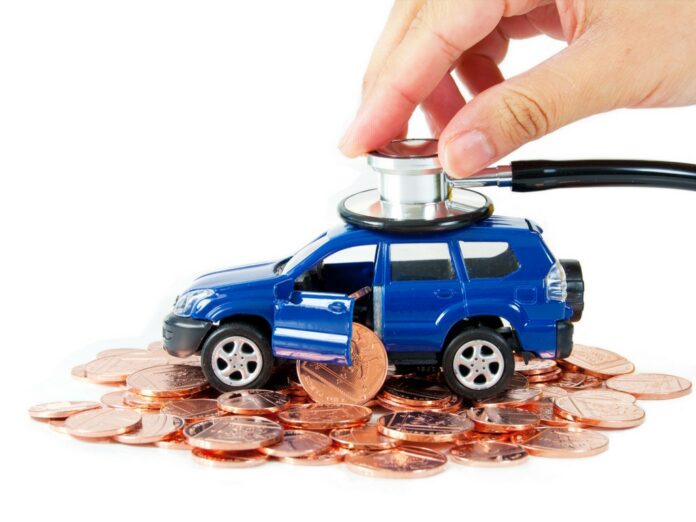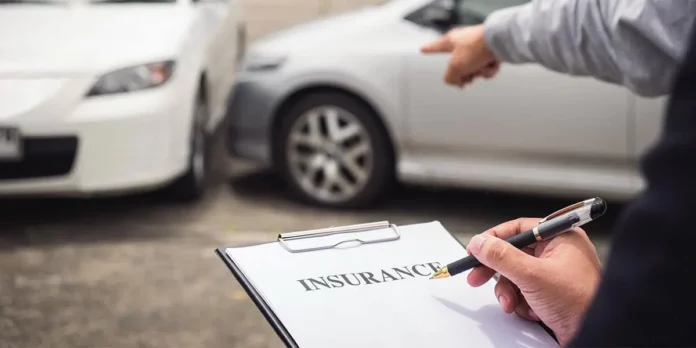If you know that a major storm is coming, or live in an area that is prone to flooding, keep the following tips in mind to prevent water damage to your vehicle:
- Move your car to a higher elevation. Park on a higher level of an above-ground parking garage or towards the top of a hill. Water will pool in low lying areas first. If you live in a building with an underground parking garage, it would be a good idea to move your vehicle to a ground-level or preferably an above-ground parking space.
- Make sure you close all windows and doors tightly when a storm is on the way. Don’t forget the sunroof!
- Stay away from puddles. It can be hard to tell just how deep a puddle is. Even a shallow one could do damage to your vehicle’s undercarriage if you speed through it. If you absolutely must drive through a puddle, do it slowly to avoid splashing.
- If your car becomes surrounded by water, turn it off right away. Do not try to drive, leave it where it is, and get yourself and your passengers to safety. You can’t predict how fast the water can rise. Your vehicle could get swept away, even worse if there are people inside. Also standing water can do serious damage to your vehicle.
- Disconnect the battery to prevent damage to sensitive computerized and electronic components.
Remember to pay attention to local government and news outlet alerts outlets for more tips during the next major storm in your area.
I’m buying a used vehicle, how do I know if there has previously been water damage?
Sometimes people put up water damaged vehicles for sale. There can be significant problems with these vehicles. Look at the following tips for hints of previous water damage occurring in a prospective vehicle
-
- Look at the carpets. Floor mats in a previously flooded vehicle may have a musty smell or coated with mud. Be suspicious of brand new carpets in an older vehicle as it may have been involved in a flood.
- Watch out for signs of rust. Bare metal parts will show signs of rust in previously flooded vehicles.
- Look at hard to clean areas of the vehicle. Areas that are more difficult to clean such as under the hood and the trunk can contain mud and other debris.
- If you notice a musty or mouldy smell, there’s a good chance it was submerged in water at some point.
- Get a vehicle history report from a reputable service such as Carproof.
- You can also use the VIN Verify service from the Insurance Bureau of Canada.
If water damage occurs, does my auto insurance cover it?
The optional specified perils, comprehensive, or all-perils section of your car insurance policy would typically cover the damage if water rises due to a storm, sudden overflow from a nearby body of water, or other extreme weather event and floods your parked vehicle.
If you drove your vehicle into standing water, damage would most likely be covered under the collision section of your policy, which is an optional coverage.
It is of course your responsibility to take care of your vehicle, so for example if the water damage was caused by a slow leak due to poorly maintained sealing around door and windows, you would likely be responsible for covering the cost of repairs on your own.
To ensure sure you have the right coverage in place to protect your vehicle, it’s a good idea to look over your car insurance policy. If you want to update your coverage or need further clarification of you coverage options, Please reach out to us at Aaxel for an expert opinion.







